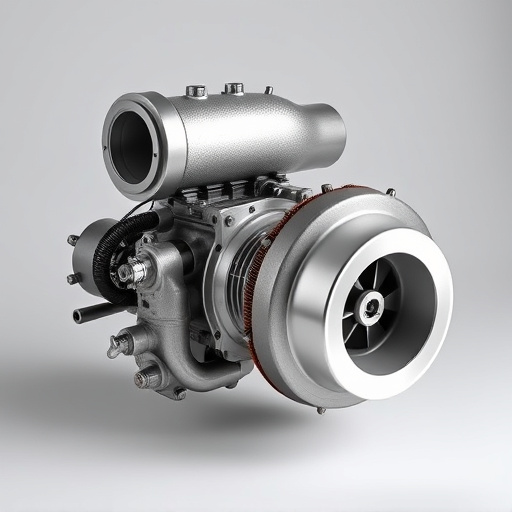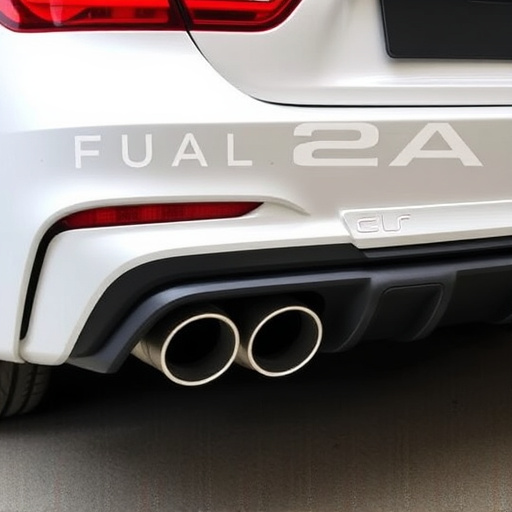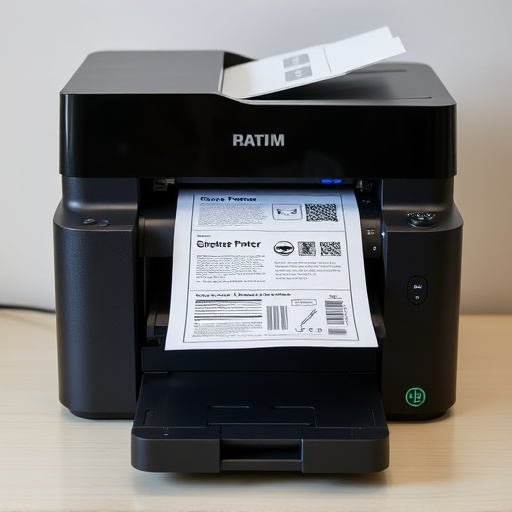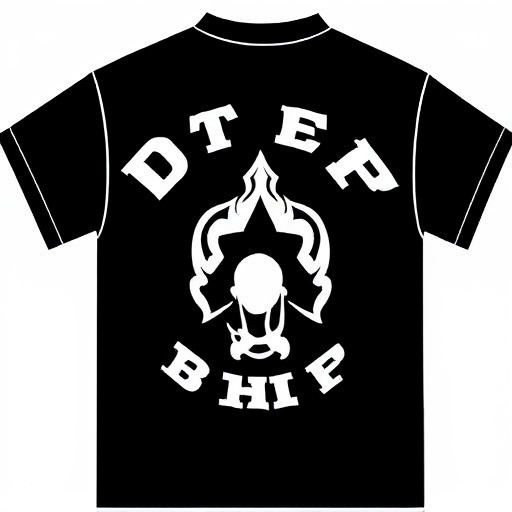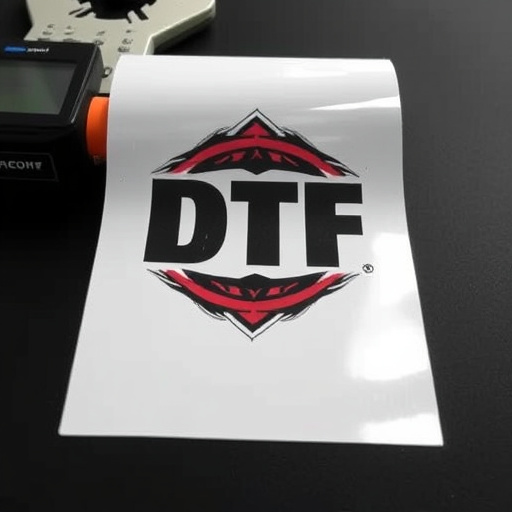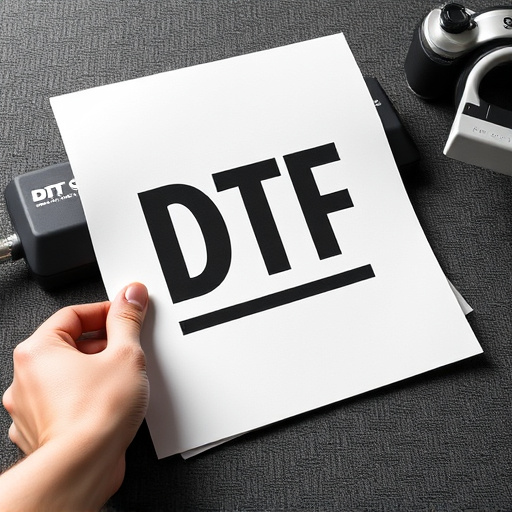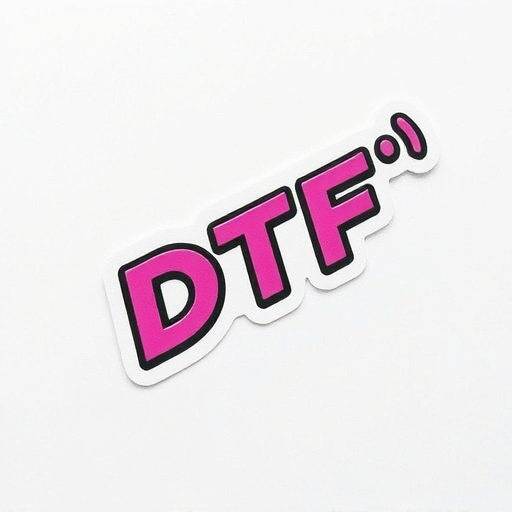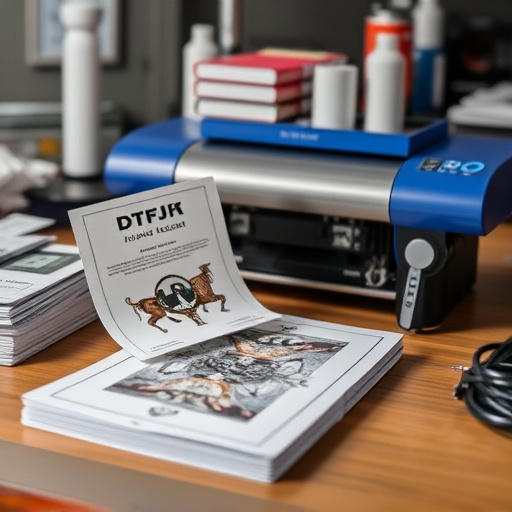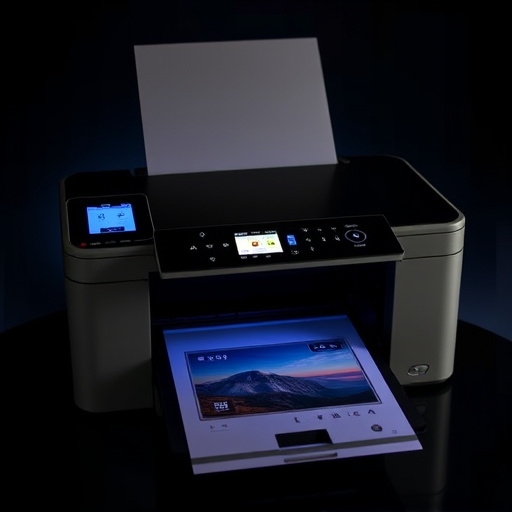DTF Transfer Gang Sheet errors are common in print-on-demand and custom apparel industries due to factors like incorrect settings, low-quality materials, or improper substrate preparation. Recognizing patterns such as misalignments and inadequate heat/pressure is key to improving production setup and ensuring high-quality outputs. Optimizing ink type, temperature, and press pressure is crucial for averting issues with small orders or detailed designs. Best practices include verifying material compatibility, maintaining clean printing surfaces, and using accurate print settings to minimize errors and ensure consistent DTF transfer results.
Experiencing errors with your DTF Transfer Gang Sheet? You’re not alone. These sheets, crucial for data management, can present common challenges disrupting workflows. This comprehensive guide unravels the causes behind various DTF transfer gang sheet errors and offers effective troubleshooting steps. From identifying software incompatibilities to resolving connectivity issues, learn best practices to streamline your data transfer process and ensure seamless operations.
- Understanding DTF Transfer Gang Sheet Errors
- Common Causes of Gang Sheet Issues
- Effective Troubleshooting Steps and Best Practices
Understanding DTF Transfer Gang Sheet Errors
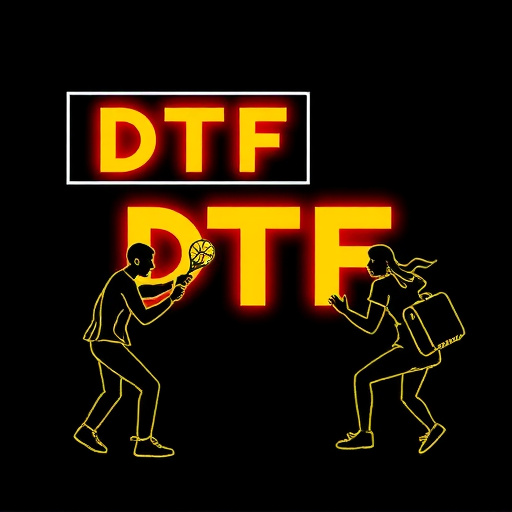
DTF Transfer Gang Sheet errors can be frustrating for anyone involved in the print-on-demand or custom apparel industry. Understanding these errors is a crucial first step in troubleshooting and ensuring smooth, high-quality production. These errors often manifest as inconsistencies, defects, or failures during the transfer process, which can be attributed to various factors such as incorrect settings, poor quality ink or materials, or improper preparation of the substrate (garment).
By recognizing common error patterns, you can identify potential issues with your DTF transfer printing setup. For instance, misalignments in the gang sheet can lead to inaccurate prints, while inadequate heat or pressure during the pressing phase may result in incomplete transfers or damaging the durable prints. Knowing these potential pitfalls allows for proactive measures, ensuring that your dtf custom apparel production runs smoothly and consistently meets quality standards.
Common Causes of Gang Sheet Issues
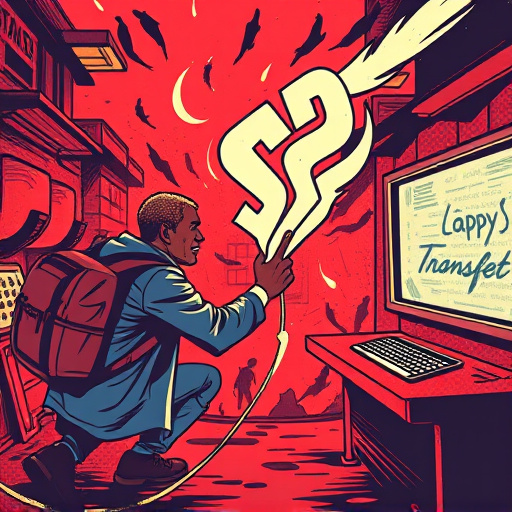
Gang sheet issues during DTF (Direct to Fabric) transfer can often stem from a variety of causes. One common problem is improper preparation of the fabric, such as inadequate cleaning or incorrect pre-treatment, which can disrupt the adhesion of the design to the material. Another frequent issue is misalignment of the gang sheet, leading to off-center or distorted prints. This usually occurs due to human error during setup or faulty equipment.
Moreover, using gang sheets for dtf small orders or managing intricate design transfers can be challenging. The complexity of these designs may demand tighter tolerances and precise positioning on the fabric, making it prone to errors if not handled carefully. Additionally, factors like ink type, temperature settings, and press pressure need to be optimized for each fabric type to ensure consistent, high-quality DTF transfers, avoiding common gang sheet issues.
Effective Troubleshooting Steps and Best Practices
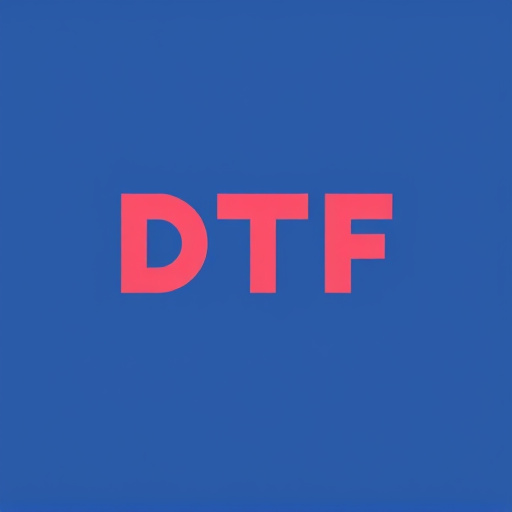
When encountering issues with DTF Transfer Gang Sheet errors, efficient troubleshooting becomes paramount. Start by verifying material compatibility; ensure the DTF (Direct to Film) software and media are designed for your specific transfer process, whether it’s for direct to film transfers, creating dtf printed shirts, or applying dtf logo transfers. Inaccurate settings or incompatible materials can cause common problems.
Next, double-check print quality and resolution. Even the slightest adjustments in these parameters can significantly impact the final outcome. Utilize high-quality print settings and ensure your device is calibrated accurately. Regularly clean your printing surfaces and hardware to prevent debris buildup, which might obstruct the transfer process. By following best practices like using proper cleaning solutions, maintaining a dust-free environment, and adhering to manufacturer guidelines, you can minimize errors and achieve consistent results with your DTF transfers.
In conclusion, effectively troubleshooting common DTF Transfer Gang Sheet errors involves understanding the root causes, such as data inconsistencies or system misconfigurations. By following a structured approach and implementing best practices, users can efficiently resolve issues and ensure smooth data transfer processes. Regular maintenance and staying informed about updates are key to minimizing future problems with DTF Transfer Gang Sheets.




